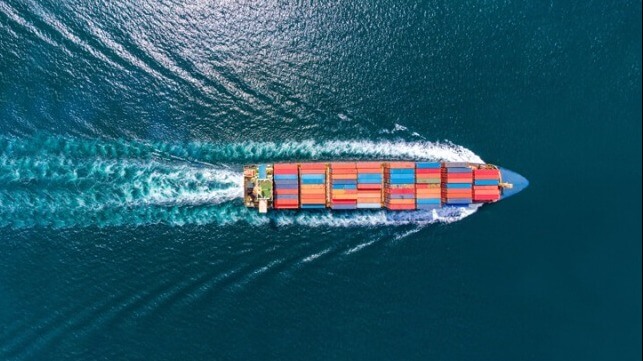The Risks of False Promises in the Digital World

Surely, you've heard this story before, or if unfortunate, you've experienced it firsthand. Browsing the Web, you find a product that is marketed as better and cheaper than other similar ones. It’s all catchy, looks great and you go for it. The item eventually arrives, you're excited, open the box, and find… a low-quality and non-robust product which doesn’t match the attractiveness that triggered your purchasing decision.
What does this have to do with shipping?
Selecting the right shipping software shares some characteristics with online shopping – you filter through competing products, check out prices, analyze reviews, you take the merchant’s words for what they're trying to sell you, and you reach a rational decision on where to best spend your money. However, it's usually easy to identify you've been scammed online. Reaching the same quality assessment about shipping software requires spending way more of your time, a non-refundable commodity. Moreover, making the wrong choice can expose your company to stormy waters.
Who determines what a false promise is?
Ultimately, only you can appreciate the value received for what you’ve paid. If you don't want to be left having wasted your time and financial resources on a dud or a dead-end, you can always rely on people with the know how-to deliver according to expectations. AXSMarine has pioneered digitalization in shipping and has experienced the early 2000s Dotcom Boom, seeing companies promising the unachievable, burning investors’ cash and eventually being washed away by reality.

Capitalizing on its 22 years of experience and self-powered business model, AXSMarine has created a very comprehensive and widely used set of tools and data for demanding shipbrokers, charterers, shipowners, analysts, and many other industry participants.
The latest smoke and mirrors
Recent software providers are making bold claims about what their products are supposed to deliver. Unfortunately, these are often unattainable due to tech-stack limitations and/or because the data lacks accuracy and depth to support the promises.
Any email content extraction automated tool, promoted as an alternative to AXSReader and Market Monitoring tool, you're being taken for a ride. Email parsing software, as its name suggests, automates the process of translating raw text into actionable vessel supply/ demand data. It’s no new concept, rather a service provided by AXSMarine for the past 12 years, used by 100’s of companies saving them an average of 60 mins person/day, processing 300 million emails per year, and guaranteeing the privacy of customers’ data. Yet, this remains very far from providing the transparency required to build yourself a competitive edge.
A true Market Monitoring solution like AXSMarine Trade Flows delivers in addition much more than an email parsing service. The depth of data comprises years of actual ship and commodity movement history including predictions of ship and cargo destinations. This is going way beyond just looking at a fraction of market emails to drive surface conclusions. Any snorkeling or scuba diving experience tells you how different reality is compared to the blurry view from the surface. And as you may have noticed, the more adverse the winds, the blurrier the surface.
AXSMarine Trade Flows demonstrates for example that shipments of Urea, Sulphur, Petcoke, Potash and Cement all together account for 3.73% of the Drybulk commodities shipped by sea worldwide in 2021. It provides very granular data supporting this reality. The corresponding number of voyages for these commodities represented only 8.17% of all laden legs. Are these good enough and reliable drivers and your best choice for a proper reading of the market?
Iron ore represents the lion’s share of Dry Bulk cargo carried by sea, accounting for 26.7% of all Dry Bulk commodities transported in 2021. Attempts to use the outcome of an automated reading tool to monitor the market can probably give you a 6% market coverage of the Dry Bulk commodities shipped by sea. Big players like Vale, FMG, BHP, Rio Tinto, and other miners rarely blast their private cargoes via email circulars. According to several renowned and experienced Capesize shipbroking companies, Cape cargoes quoted via email only represent about 15% of what is actually moving.
I saw a graph that seemed accurate…
Be careful as you might have been taken for another ride, hooked on limited data displayed on a Base 100, a trick used to hide a lack of quality data coverage. A typical graphical display showing variation percentage that can be very misleading.
Whether you are a direct shipping player, a commodity trader, an analyst, a quantitative or hedge fund, you care about the best possible signals and must act with caution to make the best-informed decisions.
If you're not paying much or even nothing for a service or product, this translates that you and your data are the product aimed at serving interests that may well not be yours.

that matters most
Get the latest maritime news delivered to your inbox daily.
This article is sponsored by AXSMarine. Further details about AXSMarine are available at www.axsmarine.com.
The opinions expressed herein are the author's and not necessarily those of The Maritime Executive.
